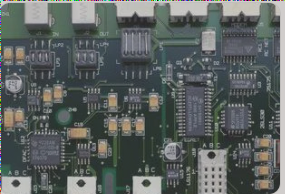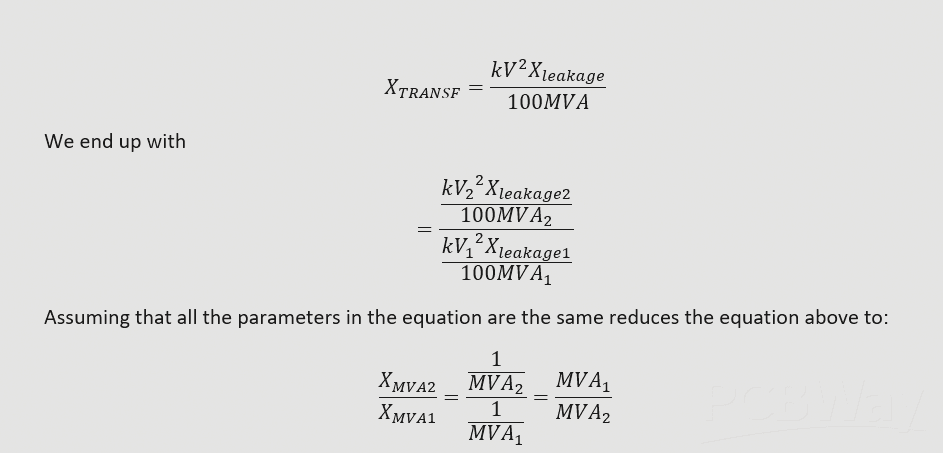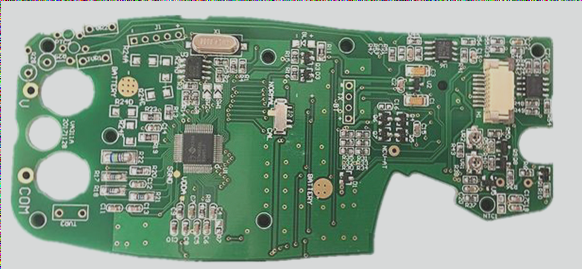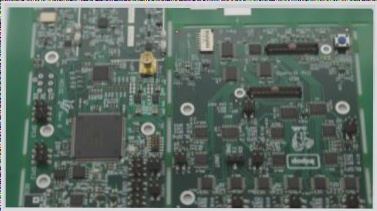PCB Wiring Methods for Buses and Devices
When designing PCB wiring for buses connecting multiple devices like FLASH, SDRAM, and peripherals, the choice of wiring topology plays a crucial role in signal integrity. The star topology, for example, allows for better control of signal transmission and reflection delays, improving overall signal quality.
However, it’s essential to consider factors such as signal topology nodes, routing complexity, and buffer effects before opting for a specific wiring topology. While the star configuration may not fully address delay issues on high-speed data buses, it can still enhance signal quality in certain scenarios.
Simulation Waveforms and Signal Quality
In simulations comparing different topologies like DDR–DSP–FLASH and DDR–FLASH–DSP, variations in signal quality at different nodes are observed. Understanding these waveform differences is crucial for optimizing signal performance in PCB designs.

Reducing Electromagnetic Radiation in PCB Design
During EMC tests, managing harmonics in clock signals is vital to meet standards. Proper PCB design considerations, such as impedance matching, shielding, and power supply decoupling, help reduce electromagnetic radiation and ensure compliance with regulations.
Copper Area Regulation for Microstrip Lines
In microwave circuit design, the ground plane’s size impacts transmission line parameters. While it’s complex for specific calculations, in general PCB digital circuit simulations, the ground plane’s area has minimal effect on transmission line characteristics.
Ground Division in PCB Design
Dividing the ground into protective, digital, and analog sections is crucial for addressing EMC issues and preventing noise interference. This separation helps maintain signal integrity and reduces the risk of noise affecting sensitive analog components.
When working with PCBs above 30 MHz, choosing between automatic and manual routing depends on various factors, including design complexity and software capabilities.
The Importance of High-Speed Signal Routing in PCB Design
When it comes to high-speed signals in PCB design, the key factor to consider is the signal’s rising edge, rather than just the frequency or speed. The choice between automatic and manual routing depends on the capabilities of the routing software. While manual routing can sometimes be more effective, especially for tasks like checking distribution lines or compensating for bus delays, automatic routing can offer higher efficiency and effectiveness in certain situations.
Understanding PCB Substrates
The PCB substrate is typically a mixture of resin and glass fiber, leading to variations in dielectric constants and thicknesses. Generally, a higher resin content results in a lower dielectric constant and a thinner material. For specific parameters, it’s best to consult the PCB manufacturer. Moreover, new materials and processes, such as ultra-thick backplanes or low-loss RF boards, are now available for specialized applications.
Manual Routing of Jumpers in PCB Design
Jumpers are essential components in PCB design, consisting of two pads with fixed or variable-length distances. During manual routing, jumpers can be added as needed to directly connect the pads on the board, and they will also be included in the bill of materials.
Factors Influencing Double-Sided Routing in 4-Layer PCB Designs
Several factors determine whether a 4-layer PCB design will be double-sided, including shielding, heat dissipation, reinforcement, and processing requirements. Regardless of the layer count, the primary consideration should always be the specific purpose of the routing.
Best Practices for Clock Line Routing
When routing clock lines with different frequencies, it’s crucial to conduct signal integrity analysis, establish appropriate routing rules, and strictly adhere to these guidelines during trace layout.
Optimizing PCB Design for High-Speed Performance
For high-speed designs, proper shielding is paramount. While surface copper can enhance EMC performance, it should be continuous to prevent isolated copper islands. Avoid placing copper on surface layers with heavy routing or dense component placement to maintain signal integrity.
Ground Wire Shields in Clock Design
Deciding whether to include shielded ground traces in clock design depends on crosstalk and EMI considerations. Improper shielding implementation could potentially worsen the problem instead of mitigating it.
These insights cover fundamental aspects of PCB design and can aid you in your PCB design endeavors. If you require PCB manufacturing services, feel free to contact me.




